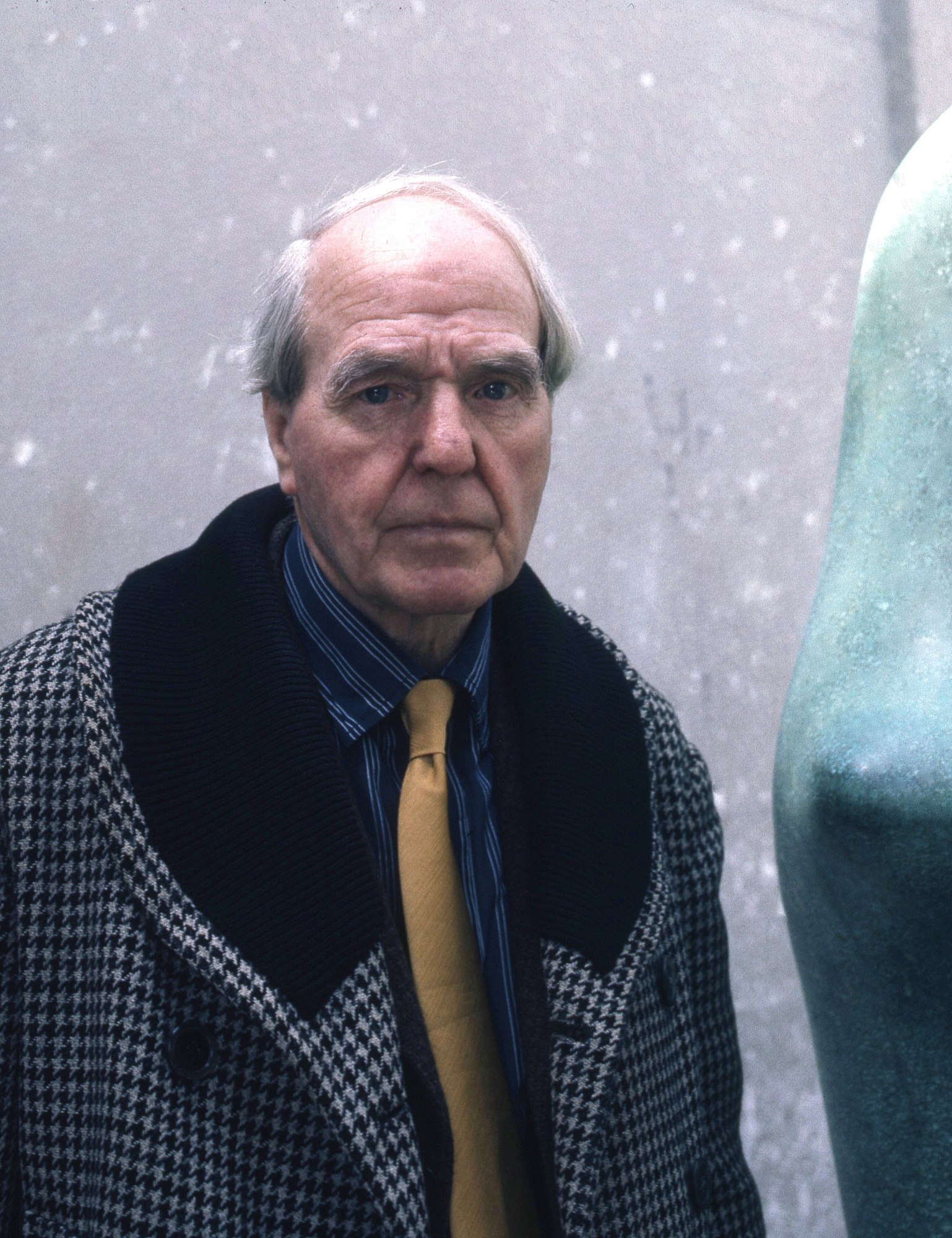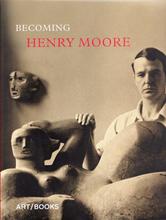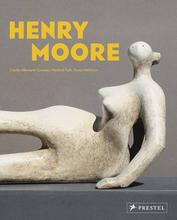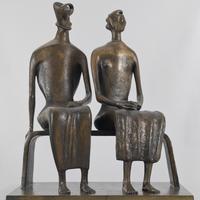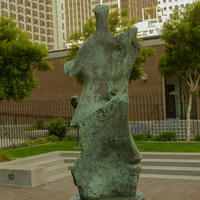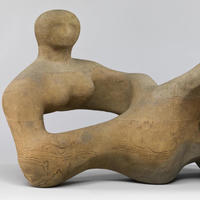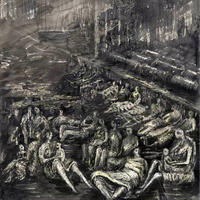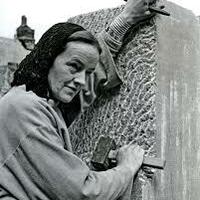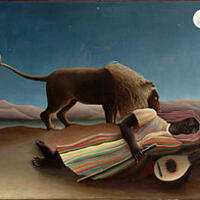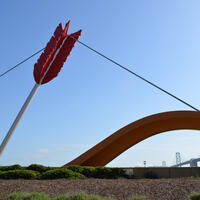More about Henry Moore
- All
- Info
- Shop
Works by Henry Moore

Contributor
Henry Moore was the seventh of eight kids in a poor coal mining family from West Yorkshire.
The parents pushed the kids to get an education and luckily Henry bumped into one of Michelangelo's sculptures when he was eleven, changing his life forever. The parents were not amused, as they saw sculpture as manual labor and a road into even deeper poverty.
Young Henry was gassed but survived WWI, and then lived through the Blitz in WWII. Somehow this didn't destroy his faith in humanity. Instead, he became a brilliant sculptor, a well-known socialist, and the husband of Irina Radetsky, who was born in Kiev in 1907 and smuggled out in 1917 when the Russian Revolution started.
Like Sartle's own Lauren, Henry went to the Louvre at age 26, and flipped when he saw Chac Mool, a Toltec-Mayan sculpture -- its a reclining figure, looking sideways and supporting itself on its elbows. Sound familiar?
Henry added the big hole and some nice curves. He left out the bowl or disk Chac Mool has on his stomach, which may have been for offering the gods tobacoo, tamales, and of course human hearts. Mind you, there's some dispute about the last item.
Moore became seriously famous and rich but he spent little and, a good guy, gave most of his fortune to support the arts and education through the Henry Moore Foundation.
A lot of Moore's work is public art and it draws vandals like bees to honey. King and Queen were decapitated in Scotland and later splattered with blue paint in Leeds. Recumbent Figure had her head chopped off in New York. Someone took a set of metal chains to Spindle Piece in Houston, and tar and feathers to Draped Seated Woman in Germany. Recently, more serious thieves stole a two ton Reclining Figure, using a crane to lift it out of the Henry Moore Foundation’s yard. In 2012, two guys were caught trying to pocket Sundial and a year later Standing Figure was taken from Glenkiln Sculpture Park, again in Scotland.
Which just goes to show, you just can't leave your stuff lying around anywhere.
Featured Content
Here is what Wikipedia says about Henry Moore
Henry Spencer Moore OM CH FBA (30 July 1898 – 31 August 1986) was an English artist. He is best known for his semi-abstract monumental bronze sculptures which are located around the world as public works of art. Moore also produced many drawings, including a series depicting Londoners sheltering from the Blitz during the Second World War, along with other graphic works on paper.
His forms are usually abstractions of the human figure, typically depicting mother-and-child or reclining figures. Moore's works are usually suggestive of the female body, apart from a phase in the 1950s when he sculpted family groups. His forms are generally pierced or contain hollow spaces. Many interpreters liken the undulating form of his reclining figures to the landscape and hills of his Yorkshire birthplace.
Moore became well known through his carved marble and larger-scale abstract cast bronze sculptures, and was instrumental in introducing a particular form of modernism to the United Kingdom. His ability in later life to fulfil large-scale commissions made him exceptionally wealthy. Despite this, he lived frugally; most of the money he earned went towards endowing the Henry Moore Foundation, which continues to support education and promotion of the arts.
Check out the full Wikipedia article about Henry Moore

